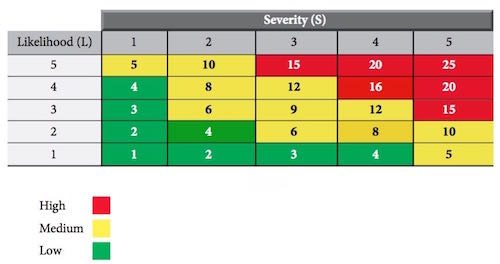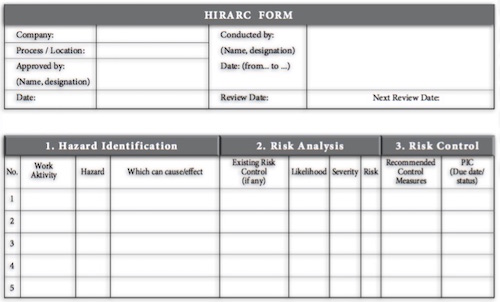Electricity used by the order are forms of energy that is safe and efficient, but if used instead become a source of danger. The main dangers are electric shock, burns, fires and explosions, and in some case the arc flash.
However, if the electric shock received by a person not in itself harmful, but it can have devastating effects, such as working at a certain height or on the stairs, a weak shock may lead to the collapse; despite the shock will not cause an injury, the fall may cause serious injury.
However, if the electric shock received by a person not in itself harmful, but it can have devastating effects, such as working at a certain height or on the stairs, a weak shock may lead to the collapse; despite the shock will not cause an injury, the fall may cause serious injury.
Avoiding Electrical Shock
Electrical equipment designed properly and in good condition is safe. When it is damaged or badly maintained it can kill even at 240 volts. The vulnerability is like a flash light and mobile devices. Cable connection or damaged feathers should be repaired immediately.
If the equipment is not in use, such as in an office, one of the best protections is the use of a form of 'earth leakage circuit breaker. Unlike a fuse, which is designed to protect the equipment, in the event of a short circuit, the circuit breaker will stop the flow so rapidly that there is no danger of causing injury.
If 'earth leakage breaker' is not used, miniature circuit breakers should be used. Use the fuse holder, which can be connected to the wires should be avoided if possible because of the dangers of unsuitable replacement wire with fuse wire size.
- At least once weekly test earth continuity conductor between mobile devices and plug-coated metal - this will ensure that the permanent ground wire conductors in enough to carry short current to blow a fuse; Another additional insulation resistance of both tools and flexible lead must be checked;
- At least a weekly check the fuse box;
- At least once each year to test the mini automatic circuit;
- A weekly inspection of rubber gloves, insulated coverings, sheets etc. for electrical;
- Electrical glove testing every 6 months;
- Replacement of metal coated with insulation, or equipment is fully compatible where practicable;
- Routine inspections of electrical installations;
- Regular inspection and testing of all office equipment; and
- The entire wall socket regular inspection.
A simple method to ensure routine maintenance and inspection of electrical equipment do is to label and mark the date on all equipment when it is checked. If the date on the label indicates the equipment is not inspected within specified intervals, such equipment shall not be used until it has been inspected.
In addition to inspecting and testing equipment to be used, should also consider the position of the socket and the amount and type of equipment installed in it. Often, especially in the office, either sockets in an inappropriate position, causing the trailing wires in the room, or too many appliances use too few sockets. In such cases there is a risk of fire in addition to the risk of shock.















